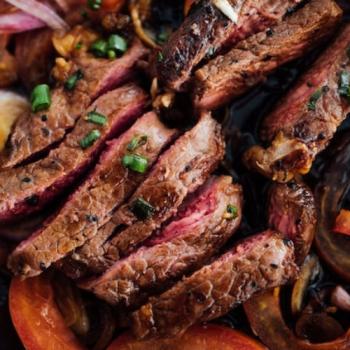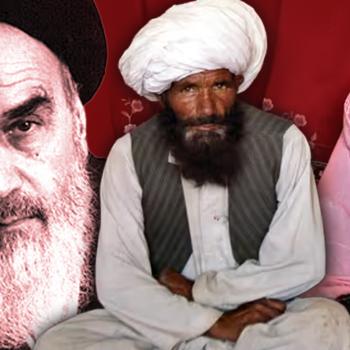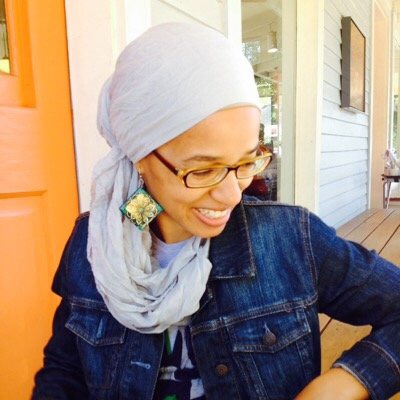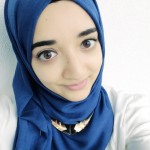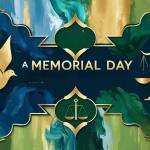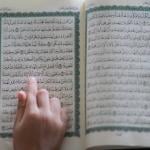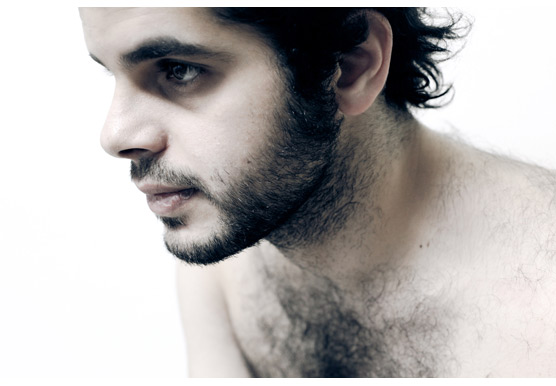
A Man’s Chest
How come no one ever writes about a man’s chest,
that forested mountain and how we love
its bluffs and jagged edges
and the crags in it
where a woman can hide
and forget the city
and be safe
from every fanged and clawed creature?
How come no one ever writes about a man’s belly
that smooth river and how limpid
are its waters running low,
where a woman can wade
barefoot like a Gypsy?
How come no one ever writes about a man’s waist,
that belt looping
through a woman’s fingers
and catching her in its buckle?
How come no one ever writes about a man’s hips
and how the arms of a woman
can girdle and circle them
like a seamstress hemming
a gorgeous dress?
How come no one ever writes about a man’s thighs,
those immense cliffs and how we strain
and shudder every muscle to climb
their rocky sides, foothold after foothold,
up to the dizzying heights
between his collarbone promontories,
where, finally, the earth opens up its mist
and there is a fine place,
far from the city below
and every fanged creature
where a woman can hide
in a man’s chest
—-
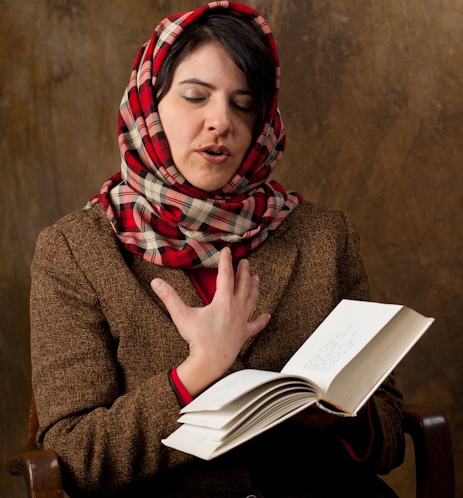
Mohja Kahf is a Syrian-American poet and novelist. Her first collection of poetry, E-mails from Scheherazad, evokes the mixture of pride and shame involved in being an “other,” with characters balancing on the line between assimilating and maintaining the habits of a good Muslim. In addition to contemporary Muslim women, Mohja’s poetry also explores figures from Islamic history including Hagar, the wife of the prophet Abraham, Khadija and Aisha, wives of the Prophet Muhammad, and Fatima, daughter of the Prophet Muhammad. According to The New York Times, her writing on contemporary subjects “draws sharp, funny, earthy portraits of the fault line separating Muslim women from their Western counterparts.” Of the intersection of Islam and art, Mohja says: “One of the primary messages of the Qur’an is that people should recognize the beautiful and do what is beautiful. This is not simply a moral beauty but a visual and auditory beauty as well. Conduct should be beautiful, writing should be beautiful and speaking should be beautiful.”



